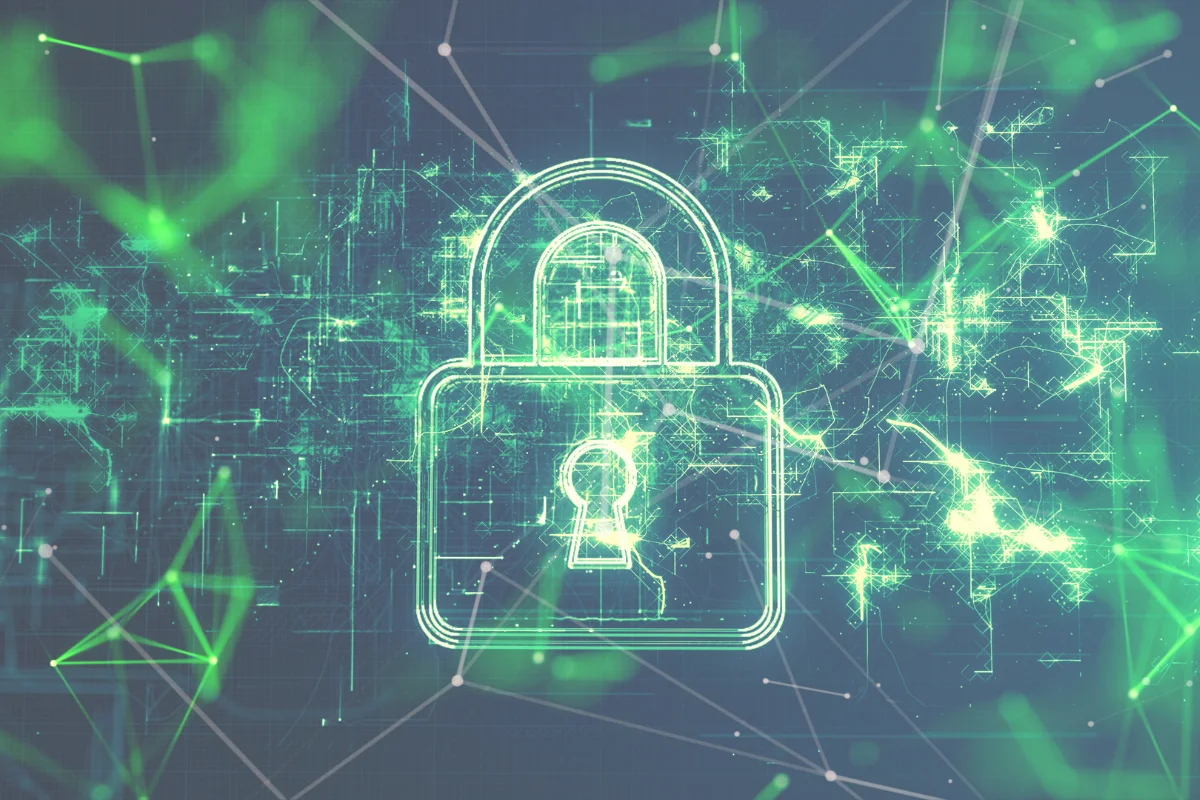Strategy #Tags: Safety In the fast-paced world of cyber security, it is vital to ensure that safety remains at the forefront of your strategic planning. Safeguarding your organization’s sensitive information and digital assets should be a top priority in today’s ever-evolving threat landscape. Prioritizing safety in your cyber security strategy is not just a recommendation, but a necessity to protect against potential cyber attacks and data breaches. This blog post will explore the importance of incorporating safety measures into your cyber security strategy and provide tips on how to effectively prioritize safety in your organization’s approach to safeguarding against cyber threats.
Understanding Cyber Security Threats
Types of Cyber Threats
A crucial aspect of any cyber security strategy is understanding the various types of cyber threats that can put your organization at risk. These threats can range from malware attacks and phishing scams to ransomware and insider threats. Being aware of these different types of cyber threats is important for implementing effective security measures to protect your sensitive data.
| Cyber Threats | Description |
| Malware | Malicious software designed to disrupt, damage, or gain unauthorized access to computer systems. |
| Phishing | Fraudulent attempts to obtain sensitive information by disguising as a trustworthy entity in electronic communication. |
| Ransomware | Malware that encrypts a user’s files and demands payment for their release. |
| Insider Threats | Risks posed by individuals within an organization who may misuse their access to sensitive data. |
After identifying these threats, organizations can develop tailored defense mechanisms and response protocols to mitigate potential risks.
The Evolution of Cyber Threats
Cyber threats have evolved over the years, becoming more sophisticated and complex. Attackers are constantly developing new techniques and tools to bypass traditional security measures, making it crucial for organizations to stay one step ahead. This ongoing evolution highlights the importance of implementing a proactive and adaptive cyber security strategy to effectively combat emerging threats.
Core Elements of a Secure Cyber Security Strategy
Risk Assessment and Management
Risk assessment and management are the foundational pillars of a robust cyber security strategy. By identifying, evaluating, and prioritizing potential risks to your organization’s digital assets, you can effectively allocate resources to mitigate these threats. It is important to regularly assess risks and update your security measures to stay ahead of evolving cyber threats.
Implementation of Security Frameworks
Any comprehensive cyber security strategy should involve the implementation of proven security frameworks such as NIST, ISO 27001, or CIS Controls. These frameworks provide guidelines and best practices to help organizations establish a strong security posture and effectively protect against cyber attacks. Adhering to these standards demonstrates a commitment to security and helps ensure regulatory compliance.
With constantly evolving cyber threats and increasingly sophisticated attack techniques, organizations must prioritize safety in their cyber security strategy. By integrating risk assessment and management practices and implementing robust security frameworks, businesses can better safeguard their data, systems, and reputation against cyber threats.
Best Practices for Enhancing Safety in Cyber Security
Employee Training and Awareness
Now is the time to prioritize employee training and awareness in your cyber safety strategy. Employees play a crucial role in maintaining the security of an organization’s digital assets. By providing regular training sessions on security best practices and raising awareness about potential threats, businesses can empower their employees to be the first line of defense against cyber attacks.
Advanced Technical Defenses
The advancement of technology has also paved the way for more sophisticated cyber threats. Implementing advanced technical defenses is necessary to safeguard against these evolving risks. From intrusion detection systems to encryption protocols, leveraging cutting-edge technologies can significantly enhance an organization’s cyber security posture.
- On Intrusion Detection Systems:
1. Real-time monitoring of network traffic 2. Automated response to suspicious activities - On Encryption Protocols:
1. Securing data in transit and at rest 2. Implementing strong encryption algorithms
Understanding the latest trends in cyber threats is crucial for organizations looking to stay ahead of potential risks. By continuously monitoring and updating their technical defenses, businesses can build a robust security infrastructure that effectively mitigates cyber security threats.
Measuring the Effectiveness of Your Cyber Security
Security Audits and Compliance
For a comprehensive understanding of the effectiveness of your cyber safety strategy, security audits and compliance assessments are necessary. These processes involve thorough evaluations of your security measures against industry standards and regulatory requirements to identify any gaps or weaknesses in your defenses.
Continual Improvement and Adaptation
To ensure that your cyber security strategy remains effective, continual improvement and adaptation are imperative. This involves regularly reviewing and updating your security measures in response to evolving cyber threats and vulnerabilities. By staying proactive and agile in your approach, you can better protect your organization from potential cyber attacks.
The process of continual improvement and adaptation should be ingrained in your organization’s culture to foster a security-first mindset among employees. This includes ongoing training and awareness programs to keep staff informed about the latest cyber threats and best practices for mitigating risk. By fostering a culture of security consciousness, you can significantly enhance the overall effectiveness of your cyber safety strategy.
Final Words
Now is the time to prioritize safety in your cyber safety strategy. With the rise of cyber attacks and data breaches, it is crucial to protect your organization’s sensitive information and maintain the trust of your customers. By implementing strong security measures, conducting regular assessments, and investing in employee training, you can significantly reduce the risk of a security breach. Keep in mind, cyber security is not just an IT issue, but a business imperative that should be at the forefront of your organization’s priorities. Stay vigilant and proactive in safeguarding your digital assets to ensure the long-term success and resilience of your business.




